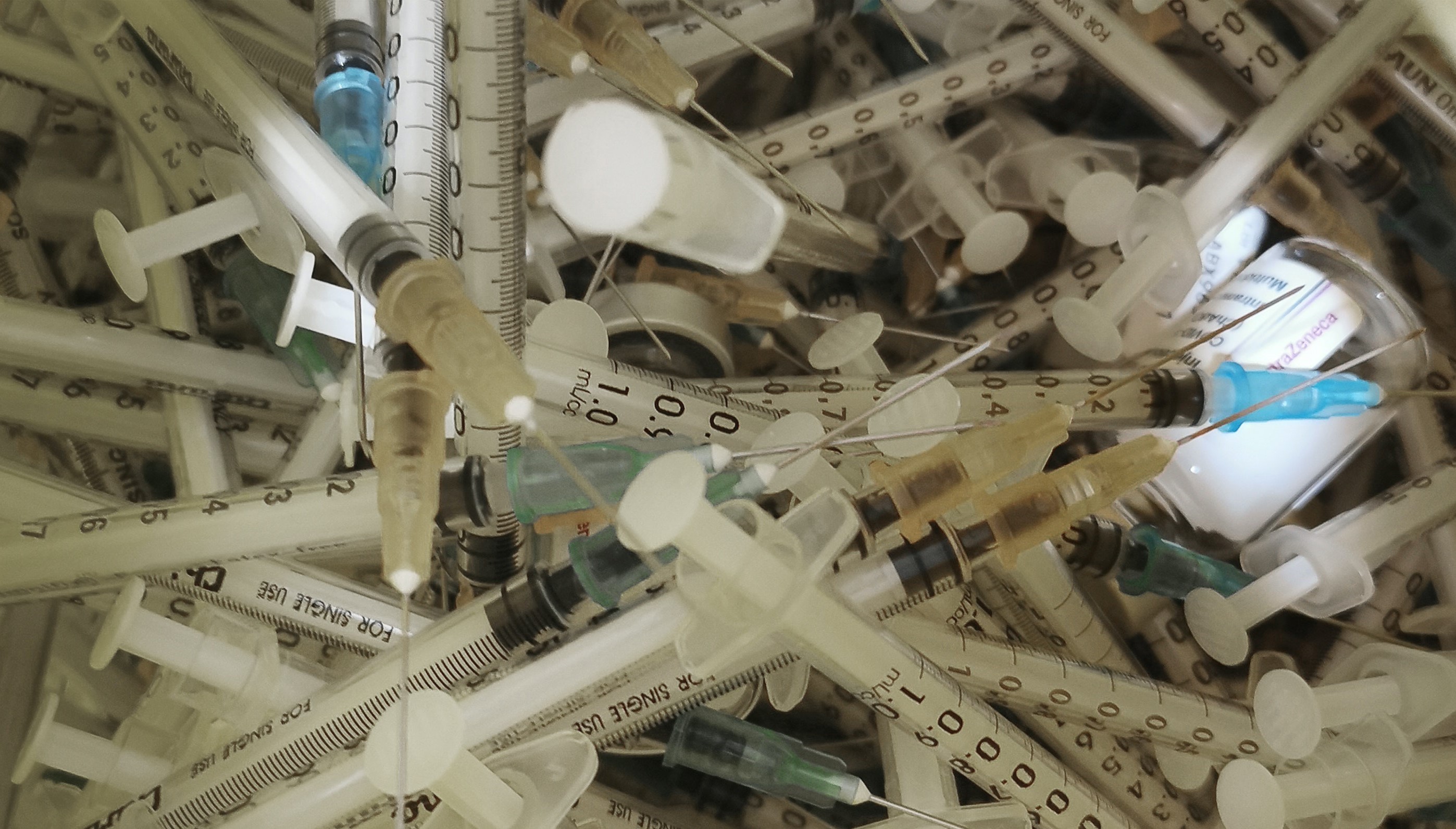New report sheds light on the nation’s drug problem.
According to a recent study by the National Drug Helpline, Oregon, Montana, Vermont, Rhode Island, Massachusetts, Colorado, Nevada, Washington, Maine, Delaware, and California are facing especially concerning trends in substance abuse and have been placed on ‘red alert’. The study analyzed a range of factors, including the drug overdose death rate and teenage drug use, to determine which states in the U.S. have the worst drug problems.
Overview of Drug Problems in the United States
Drug abuse is a significant public health issue in the United States, with opioid abuse and overdose deaths among the leading causes of preventable fatalities nationwide. According to the Substance Abuse and Mental Health Services Administration (SAMHSA), over 47,000 Americans died from opioid overdose in 2018 alone. Over 50% of all individuals over the age of 12 years have used an illicit drug at least once in their lifetime, and the number of overdose deaths has been on the rise over the past two decades, approaching one million since the year 2000. The federal government spends 35 billion dollars each year on drug control, highlighting the seriousness of the issue and the need for effective solutions.
Ranking of States with the Worst Drug Problems
The ranking of the states was based on a comprehensive analysis of various factors including the percentage of drug users, substance abuse among youth, number of overdose deaths, and access to drug rehabilitation and addiction treatment. The states were given a score out of 100, with the top-ranked state being Utah with a total score of 88/100 and the bottom being Oregon with a total score of 43/100.

The Drug Helpline ranking system sheds light on the ongoing problem in each state. It’s important to note, however, that drug abuse is a complex issue and there are multiple factors that contribute to a state having a high or low rating. Addressing these issues requires a multifaceted approach.
Factors Contributing to High Drug Use in Specific States
The study delved into the underlying causes of drug abuse in specific states and identified a range of factors that contribute to high drug use. These factors include economic and social conditions such as poverty and unemployment, availability of treatment and prevention programs, and access to drugs. The opioid epidemic, which has been a pressing issue across the country over the past few years, as well as prescription drug abuse, also play a significant role in states with high levels of use. These findings highlight the complexity of the issue and the need to address not just the symptoms but also the root causes to effectively combat the crisis.
Efforts to Address Drug Issues in High-Risk States
Drug Helpline found that current efforts to address drug issues in high-risk states, such as treatment, prevention, and harm reduction measures, have been successful in some area but have room for improvement in others. The study identified potential areas for improvement, such as increasing access to treatment and investing in evidence-based prevention programs. Additionally, the report emphasized the importance of addressing social determinants such as poverty to effectively combat the drug abuse crisis.
Drug abuse is a complex issue that continues to plague many across the U.S. It is important for agencies to collaborate with each other, and roll-out additional efforts reduce levels of use in each state.
Sources:
SPECIAL REPORT: STATES WITH THE WORST DRUG PROBLEMS


Join the conversation!